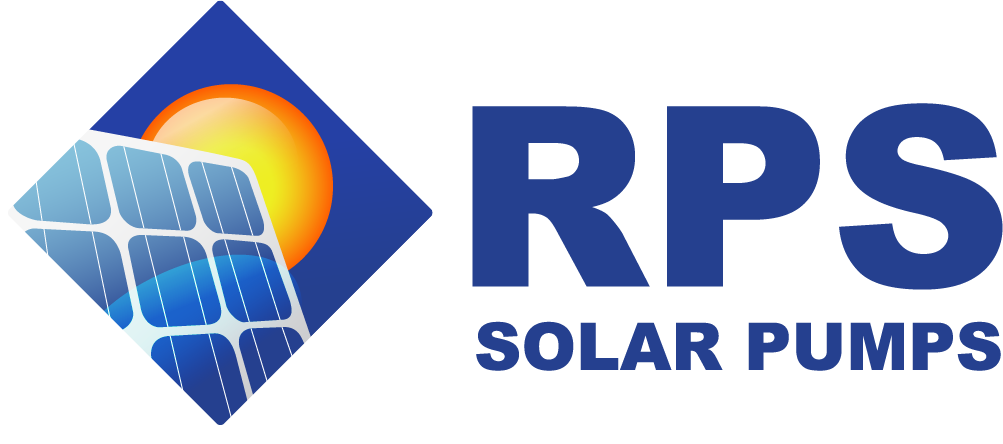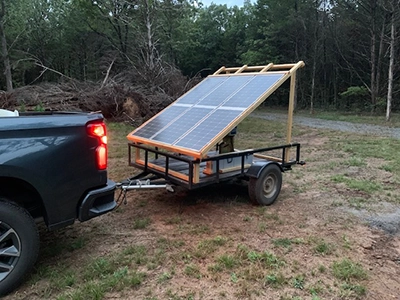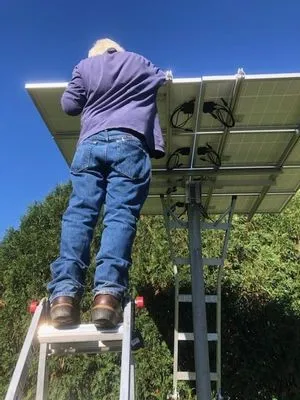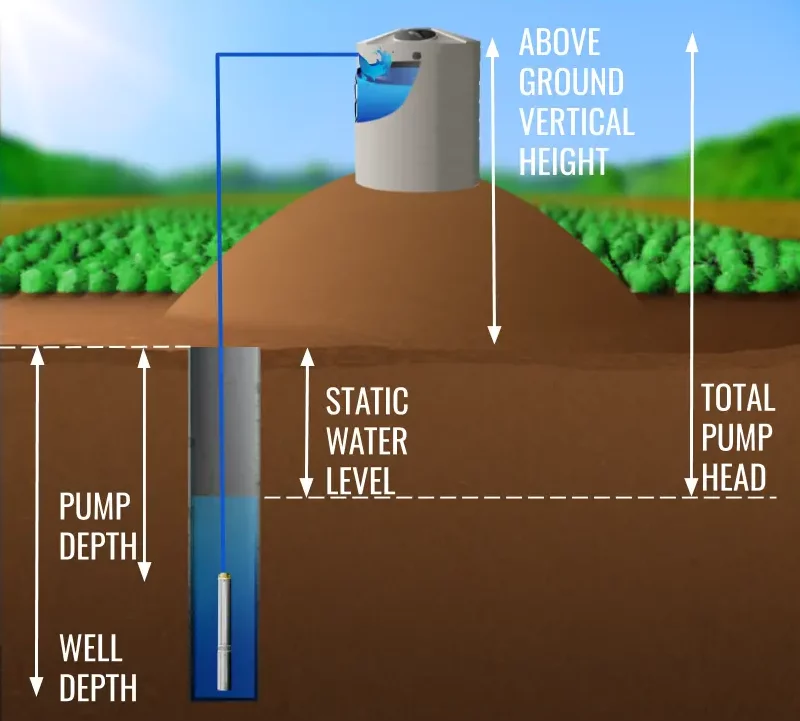AC Grid-Powered Pump vs DC Solar
Why does my installer want me to buy an AC Pump on the grid VS Solar?
Most pump installers recommend a generator or grid-powered AC pump mostly because that’s what they are used to installing. Few installers want to branch out into the solar realm mostly because they haven’t worked with it before or they have outdated ideas about whether a solar-powered pump can really do the job. Watch our “Top 5 Misconceptions About Solar Water Pumps” video below!
Some installers also have contracts with specific AC pump manufacturers and distributors, which means when they sell a pump, the installer earns some of the profit. AC pumps do have their place as they can produce more power to pump over long distances or when a well needs significant vertical lift. (We even use them in our PRO systems, but with a three-phase power which makes a big difference.)
Generator or grid-powered AC pumps may have a lower initial cost, which also makes them easier to sell to the consumer. However; in a very short time, the costs of fuel and the effort of constant pump maintenance can add up.
What are the benefits of a DC Solar-Powered Pump?
DC motors are commonly used with solar for pumping to avoid loss of efficiency and complexity when converting DC power to AC (like we’re doing with our PRO systems, but we’re using three phase power so it’s still quite efficient) DC motors work well at varying voltage and speed which is ideal for operating from a constantly changing power source such as solar energy.
DC powered submersible deep well pumps may be the best choice because they do not require large bursts of power or use the inverter at all. As touched on previously, DC submersible pumps only use 20% to 50% as much energy per gallon pumped as an AC centrifugal pump. Most of these pump very slowly and have less of a chance of depleting the water level in a slow recovery well. ‘DC powered submersible deep well pumps may be the best choice because they do not require large bursts of power or use the inverter at all. As touched on previously, DC submersible pumps only use 20% to 50% as much energy per gallon pumped as an AC centrifugal pump. Most of these pump very slowly and have less of a chance of depleting the water level in a slow recovery well.
Solar DC pumps usually have a shallower placement, maybe 20-50 below the static water level, they tend to pump slower over a longer period of time and therefore don’t cause as much or any drawdown in the well. RPS DC pumps also feature a slow start and stop which eliminates the need for a ‘torque arrestor’ which keeps an AC pump from banging against the well casing causing damage.
Solar DC pump systems can be made to be portable. This can offer many advantages for micro irrigation at different locations. Instead of having permanent pumps, one PV pump can be moved to different well sites.
Having to constantly be tied to a power source these days can be problematic, especially in states like California with rolling blackouts during the hot summer months. Having no way to get reliable water to your home or your livestock when it’s 105 degrees outside is pretty scary.
Can an RPS Solar Pump run on batteries?
Yes! The RPS Controller, when set to BAT mode, will charge the batteries and the pump will run off battery power rather than solar power directly. (Controller’s Power light will blink) There is a PWM solar charge controller inside your pump controller that facilitates charging, prevents overcharging, and prevents discharging batteries to a damaging level. It should be mentioned that during charging, some power and voltage is lost, leading to a 15% to 25% decrease in pumping efficiency. These decreases are greater for deeper wells and higher heads.
Read more about using batteries with solar here.
| SOLAR PUMP | AC GRID PUMP |
| –Higher initial cost –Reliant on sun for power* –Portable –Low maintenance cost –No fuel costs –Environmentally friendly –Ease of install –No start up surge –Require batteries or backup ability for night time/ off hour pumping | –Lower initial cost –Future fuel/electricity costs add up –Tied to grid or generator availability –Consistent source of AC grid power, day or night |




